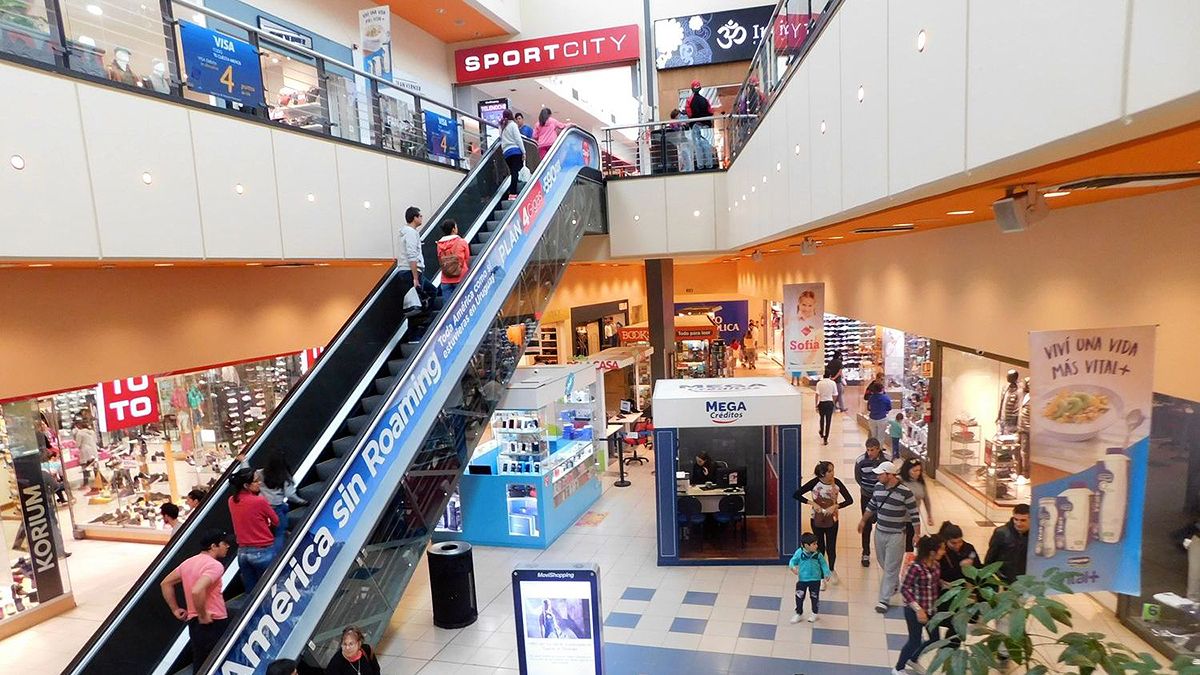The narrowing of the price gap with the neighboring country after the inauguration of Javier Milei allowed the labor market a respite.
The increase in prices prices of the products in the Argentina after the assumption of president Javier Milei and the subsequent devaluation of the Argentine peso, favored the recovery of the employment in it northern-coast of the country, especially in the departments of Black river and Leap.
The content you want to access is exclusive to subscribers.
According to the latest technical bulletin of the labor market by geographic area prepared by the National Institute of Statistics (INE) for the moving quarter February-April, the employment in Río Negro it fell from 13.5% to 11.5% compared to the same period last year, and in Salto it fell from 14.7% to 11.2%.


In April of last year, there was a true exodus of Uruguayans who crossed international bridges to shop on the other side of the Uruguay Riversince the price gap reached a difference of up to 329% for some products, and up to 191.2% for diesel, a situation that directly affected supermarkets and service stations, but also pharmacies and industrial sectors. tourist.
After the devaluation of the Argentine peso and the reduction of the gap between the Dolar blue (or parallel dollar) and official dollar in the sister country, prices in Argentina experienced a strong increase in real terms, something that “matched” them slightly with those of the domestic market in Uruguay and allowed a respite for the coastal departments.
According to him Border Price Indicator (IPF) of Economic Observatory of the Catholic University of Uruguayin March Salto was only 50% more expensive than the Argentine city of Concord (province of Between rivers), a significant reduction considering the background. Currently, as a result of the new upward movements of the blue dollar, the difference has become 59% and is beginning to generate new concerns.
The mayor of Salto and presidential candidate for the Broad Front (FA), Andres Limawarned that in recent days “these queues of cars have been seen crossing the province of Entre Ríos again” as a result of the rise of the blue dollar.
Unemployment remains high in Paysandú, but there were improvements in Artigas
The other side of the recovery of employment in Río Negro and Salto is the department of Paysanduwhere despite the shrinking of the exchange differencethe unemployment rate jumped from 10.4% to 14.1% year over year.
For its part, Artigas, the department with the highest informality in the country, experienced a decrease in the unemployment rate during the period, going from 14.4% to 13.4%. In addition to having a land border with BrazilArtigas could face in the coming years the construction of a binational bridge that unites Beautiful Union with the Argentine city of Monte Caseros (province of Currents), a project that continues in the pipeline of the current government.
Source: Ambito




